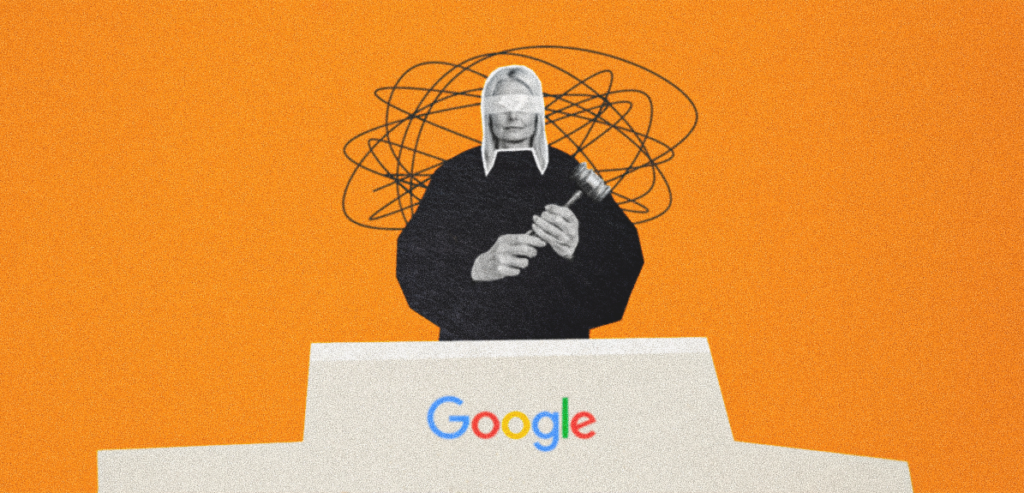
Remedies in Google Antitrust Case Could Be Critical for Advertisers and Publishers
The Google antitrust case has put the digital markets, publishers, advertisers, and brands on hold. A wait for a decision whether Google succeeds in keeping itself intact or the Department of Justice (DOJ) rips the company in parts.
But as of May 2025, the long-running antitrust battle between the U.S. Department of Justice (DOJ) and Google has reached a defining moment. With Judge Amit Mehta concluding the remedies hearings on May 31, what happens next will ripple across the advertising and publishing landscape for years to come.
While most eyes are on whether Google will be forced to divest parts of its ad business or simply adopt behavioral changes, the real question lies elsewhere. How will advertisers and publishers navigate a post-Google-dominated world? And what new opportunities or risks might arise if Google is forced to loosen its grip on the digital economy?
Recap of the Google antitrust case
The DOJ and a coalition of 38 states alleged that Google had unfairly cemented its dominance in search and digital advertising through restrictive contracts, default settings, and exclusive deals.
By securing default search status on Apple devices, Android phones, and major browsers, and by monopolizing key infrastructure in the ad tech stack, Google effectively boxed out competition. The court agreed. Judge Mehta ruled that Google had illegally maintained monopolies, not only in general search but also in the broader ad tech marketplace.
The decision validated long-standing complaints from publishers, marketers, and ad tech rivals who claimed Google was both referee and player in a rigged game.
Possible remedies to dismantle the monopoly in free market
Now comes the hard part. What should be done to fix the damage? The DOJ has proposed several sweeping remedies, while Google is pushing for a narrower response. The remedies under consideration range from behavioral mandates to full-scale divestitures.

But regardless of the path Judge Mehta chooses the implications for advertisers and publishers could be dramatic.
Remedy 1: Breaking up Google’s ad tech empire
The DOJ’s most aggressive proposal calls for Google to divest its publisher ad server (DoubleClick for Publishers, or DFP) and its ad exchange (AdX). That would separate the buying side (where Google already dominates with DV360 and Google Ads) from the selling side, where publishers operate.
For advertisers, such a breakup could mean more transparency. Currently, Google’s control over both sides of the transaction often leads to opaque auctions, where it’s unclear who gets what and why. Without vertical integration, advertisers might finally get a clearer picture of where their dollars are going.
For publishers, it’s a chance to regain control over inventory. With a more open and competitive marketplace, they could integrate with multiple ad exchanges and optimize yield without fearing retribution or throttled demand from Google.
But it’s not all rosy. Fragmenting the ad tech ecosystem could increase operational complexity. Smaller advertisers and publishers who rely on Google’s seamless stack may struggle to adapt to a more balkanized environment.
Remedy 2: Ending default search deals
One of the main issues flagged by the DOJ was Google’s multi-billion-dollar payments to Apple and other platforms to remain the default search engine. These deals effectively shut out rival engines like Bing, DuckDuckGo, and emerging AI-driven alternatives.
By banning such deals, the DOJ hopes to level the playing field in search. But for advertisers, this could lead to a fragmented search ecosystem. With no single dominant engine, brands might have to diversify their search ad strategies across multiple platforms.
While this offers room for innovation, it also means more complexity. Ad budgets will need to stretch across a wider array of tools, and measurement will become harder. Expect ad tech firms and measurement providers to step in with new solutions.
Publishers, on the other hand, could see a silver lining. A less centralized search environment may reduce Google’s stranglehold on traffic acquisition. Alternative engines that favor content diversity might help niche publishers gain visibility.
Remedy 3: Sharing of Google’s search index and ad data
Another DOJ proposal involves mandating Google to open up parts of its search index, ranking signals, and ad performance data to approved third parties. This would mark a revolutionary shift in how digital advertising functions.
For advertisers, it means better targeting and campaign optimization.
It will allow smaller ad platforms being able to use the same data Google relies on, for smarter competition and more diverse ad placements. It also means a stronger push toward performance marketing, with more tools offering similar levels of precision.
Publishers stand to benefit, too. Better access to search ranking signals could help them tailor content strategies more effectively. Transparency in ad performance metrics could also help them demand fairer compensation for their inventory.
Still, there are risks. Google argues that sharing data and tech could weaken privacy protections or compromise product integrity. However, most industry voices agree that some level of democratization is long overdue.
Remedy 4: Keeping eyes on Google’s AI and search investments
The DOJ has also proposed that an oversight committee review any future Google investments or acquisitions in search and AI. Overseeing is especially relevant as Google pushes Gemini, its flagship AI model, and deeply integrates AI into search.
AI search results could change how people interact with the web. Instead of clicking on links, users may get direct answers, reducing referral traffic to publishers. Advertisers may see a drop in ad impressions if fewer users navigate away from the SERP.
With increased oversight, Google might be forced to share how AI alters search economics. Brands will need to rethink SEO, while publishers might need to strike new deals to maintain visibility.
A big shift in the digital power structure
The final rulings on remedies are expected by August 2025. If the court allows these remedies, then it will become the classic case of “one man’s trash is another man’s treasure.
Advertisers will no longer be tethered to a single stack. Publishers might find new avenues for monetization. And Google could lose its aura of invincibility. Every change brings a mess. Some brands may falter in the transition, especially if they lack the resources to quickly pivot strategies. New competitors may rise, but they will need time and trust to earn their place.
This is not just a legal or corporate issue. It’s a cultural reckoning in digital advertising. The era of platform dominance may be giving way to one of diversified control. And for an industry built on impressions and clicks, that could be the most significant impression of all.
Cut to the chase
The Google antitrust case could be a defining moment for digital advertising. Whether you view these remedies as overdue justice or regulatory overreach, one thing is clear. The digital marketplace will not remain the same. The question now is, who will rise with it?

